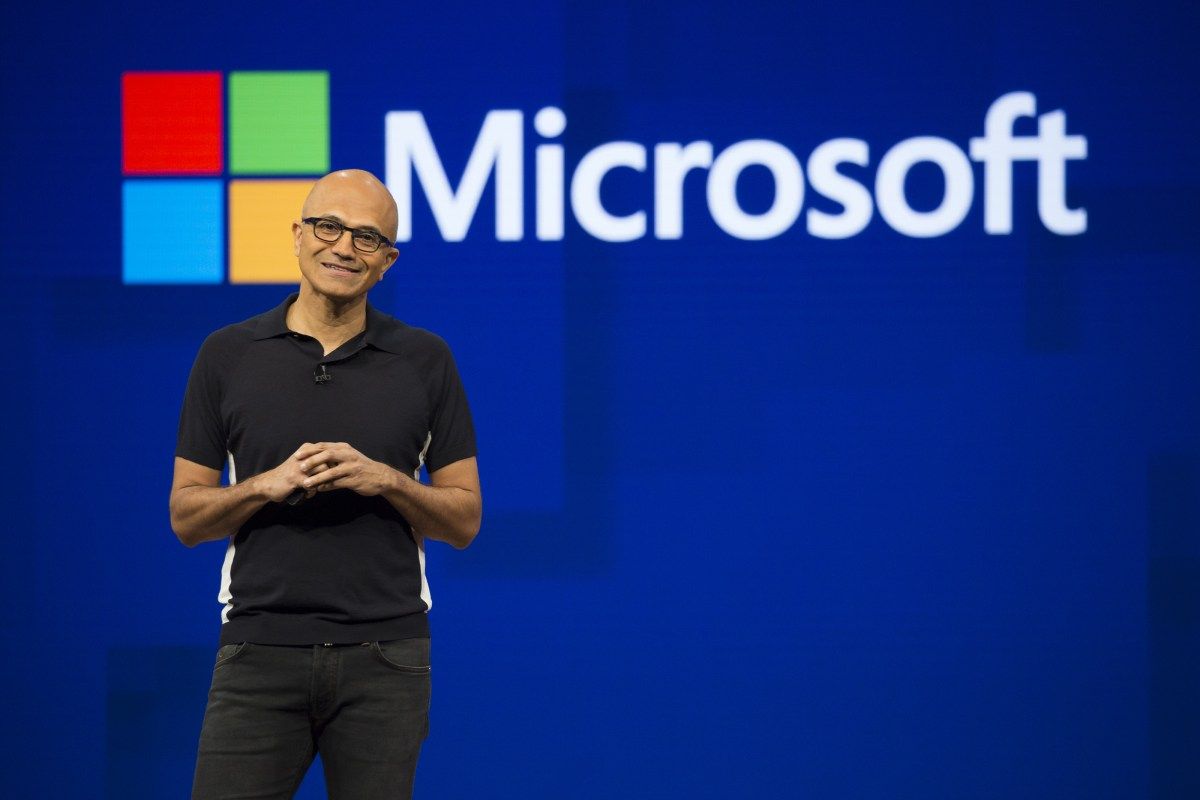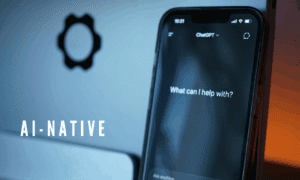In a move that’s shaking up the tech world and possibly signaling a deeper rift in the artificial intelligence (AI) ecosystem, Microsoft has announced that it is adding Grok 3 to Azure—a powerful large language model (LLM) developed by Elon Musk’s xAI. While this might seem like just another addition to the Azure AI model catalog, the decision carries heavy implications for Microsoft’s AI strategy, its relationship with OpenAI, and the broader AI arms race unfolding among big tech titans.
Let’s unpack what this shift means and why it’s being called a game-changer.
A Surprising Shift: Microsoft Embraces Grok 3
At the recent Microsoft Build conference in Seattle, attendees were met with a bombshell announcement: Microsoft is adding Grok 3 to Azure. This move caught many industry insiders off guard, not only because Microsoft has been a long-standing and vocal supporter of OpenAI (to the tune of over $13 billion in investment), but because Grok is the brainchild of xAI, Elon Musk’s relatively new and lesser-known AI startup.
Grok 3, and its smaller variant Grok 3 Mini, are the latest iterations of LLMs developed by xAI. These models have been praised for their speed, logic, and surprisingly human-like capabilities, and they’ve quickly gained traction among developers looking for high-performance AI alternatives to OpenAI’s ChatGPT or Google’s Gemini.
For Microsoft to offer Grok 3 on Azure means more than just platform diversity—it’s a strategic pivot with rippling consequences.
A Message to OpenAI?
On the surface, Microsoft’s move looks like a smart business decision. Offering more AI models means more choices for developers, which aligns perfectly with Azure’s positioning as a flexible and scalable cloud service. But if we read between the lines, this partnership could be interpreted as a subtle (or not-so-subtle) message to OpenAI CEO Sam Altman.
Microsoft and OpenAI have been closely entwined since their partnership began in 2019. But lately, that relationship has shown signs of strain. OpenAI has started offering its own enterprise AI tools, essentially competing with Microsoft’s Copilot and other Azure-integrated AI solutions. In business, cooperation only lasts as long as interests are aligned—and that alignment seems to be fraying.
Now, Microsoft adding Grok 3 to its lineup could be seen as a calculated response. It sends a clear signal: Microsoft is no longer putting all its AI eggs in the OpenAI basket.
Elon Musk’s xAI: Finally Getting the Spotlight
While Musk is most famously associated with Tesla and SpaceX, xAI has remained relatively under the radar—until now. This Azure partnership gives xAI something it desperately needed: credibility and visibility.
According to Komninos Chatzipapas, founder of AI startup HeraHaven, Musk comes out a clear winner in this new alliance. “Azure is the third-largest cloud provider globally, and by offering Grok 3 on their platform, Microsoft gives xAI unprecedented reach,” he says. “Some enterprise customers might be more willing to try Grok 3 under the Microsoft brand than directly through Musk’s startup.”
Given Musk’s often controversial presence online and in the media, some potential users have been wary of engaging directly with xAI. But the credibility of Azure helps remove that hesitation, providing a clean, professional front for Grok 3 adoption.
The Battle of the Titans: Microsoft, OpenAI, Google, Amazon
With this move, Microsoft isn’t just diversifying its AI offering—it’s waging war on multiple fronts.
- OpenAI is now both a partner and a competitor.
- Google is accelerating development on its Gemini models.
- Amazon continues expanding AWS with AI offerings, including its Bedrock platform and investments in Anthropic.
The AI space is no longer about one dominant model or partnership. It’s a battlefield, and Microsoft seems to be gearing up for a long-term campaign. Offering developers a smorgasbord of LLMs—OpenAI, Mistral, Meta’s LLaMA, and now xAI’s Grok—gives Azure a compelling edge as a one-stop-shop for AI infrastructure.
Simply put: If you’re a developer building AI apps, Azure wants to be your playground.
Developer Freedom and the Future of AI
One of the strongest messages from Microsoft at the Build conference was that developers want freedom. Freedom to choose models. Freedom to experiment. Freedom to switch between providers based on performance, cost, or ethical considerations.
By adding Grok 3 to Azure, Microsoft is responding to this need directly. The company no longer wants to be seen as just “the OpenAI cloud provider.” It wants to be the platform of platforms—a neutral territory where the best models compete for attention.
And let’s be honest: that’s a smart play.
As AI evolves rapidly, so do the needs of developers and businesses. Lock-in is becoming a dirty word. Flexibility, interoperability, and model-agnostic infrastructure are the new gold standard.
A Brewing Rivalry: Musk vs. Altman, Round Two?
If there’s a subplot to this drama, it’s the long-standing feud between Elon Musk and Sam Altman. Once allies in the mission to democratize AI, the two have become rivals, with Musk even attempting to buy OpenAI at one point and regularly criticizing Altman on social media.
Now, with Microsoft adding Grok 3, it feels like the stage is set for the next chapter of that rivalry.
While Microsoft has denied that this move is about taking sides, it’s hard to ignore the optics. Grok’s inclusion in Azure gives Musk’s xAI a legitimacy boost while potentially reducing OpenAI’s monopoly over enterprise-grade LLM deployment via Microsoft’s cloud. In a zero-sum game, one’s gain is often another’s loss.
What This Means for Microsoft’s Strategy
Let’s zoom out for a moment. What does all this tell us about Microsoft’s broader AI strategy?
- Diversification: Microsoft is moving away from reliance on any single AI partner. This spreads risk and gives it leverage in negotiations with all players.
- Market Domination: Azure is being positioned as the de facto AI deployment hub. By offering all the top models under one roof, Microsoft can dominate this space.
- Developer-Centric: The new approach puts developers first, allowing them to mix and match models without switching platforms.
- Enterprise First: With xAI’s Grok 3 in the fold, Microsoft can appeal to a broader swath of corporate customers who may prefer alternatives to OpenAI’s tools.
This isn’t just a technical decision—it’s a strategic shift that aligns with Microsoft’s long-term vision of becoming the backbone of enterprise AI.
The Takeaway: AI’s Next Phase Is All About Choice
This latest announcement reinforces a growing truth in the AI world: No one company can dominate forever. Whether it’s OpenAI, xAI, or Google, today’s leader can quickly become tomorrow’s follower. What matters more is how platforms adapt and offer developers the tools they need.
Microsoft adding Grok 3 to Azure isn’t just a nod to Elon Musk. It’s a signal to the entire tech ecosystem: The AI world is changing, and Microsoft wants to be the one orchestrating that change.
For developers, enterprises, and investors, the message is clear—watch Azure. It’s no longer just Microsoft’s cloud. It might just be the new home of AI.
Final Thoughts
This bold step from Microsoft could mark a pivotal moment in the evolution of artificial intelligence. It shows a willingness to embrace diversity, challenge old loyalties, and redefine what a modern AI platform should look like.
If there was ever a time to keep your eye on the AI space, it’s now. Between shifting alliances, technological leaps, and high-stakes rivalries, the landscape is more dynamic than ever. And with Microsoft adding Grok 3 to Azure, the next chapter is already being written.
Strap in—it’s going to be a wild ride.



































